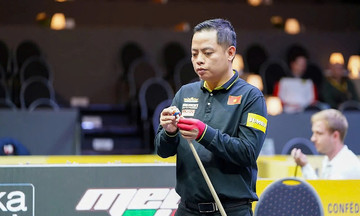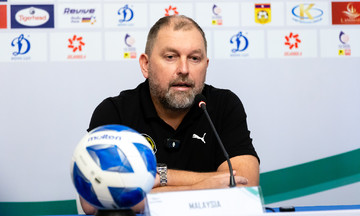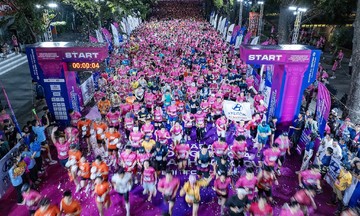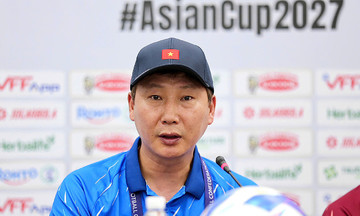Like other events, the marathon starts and finishes at the Tokyo National Stadium. After the starting gun, 77 female and 96 male athletes will leave the stadium, running through the central wards of Shinjuku, Bunkyo, Chiyoda, and Chuo.
The 42.195 km route begins with an almost 8 km stretch towards the Jimbocho area, passing major roads like Gaiennishi-dori, Yasukuni-dori, and Sotobori-dori. One of the earliest recognizable landmarks is the Tokyo Dome, home of the Yomiuri Giants baseball team.
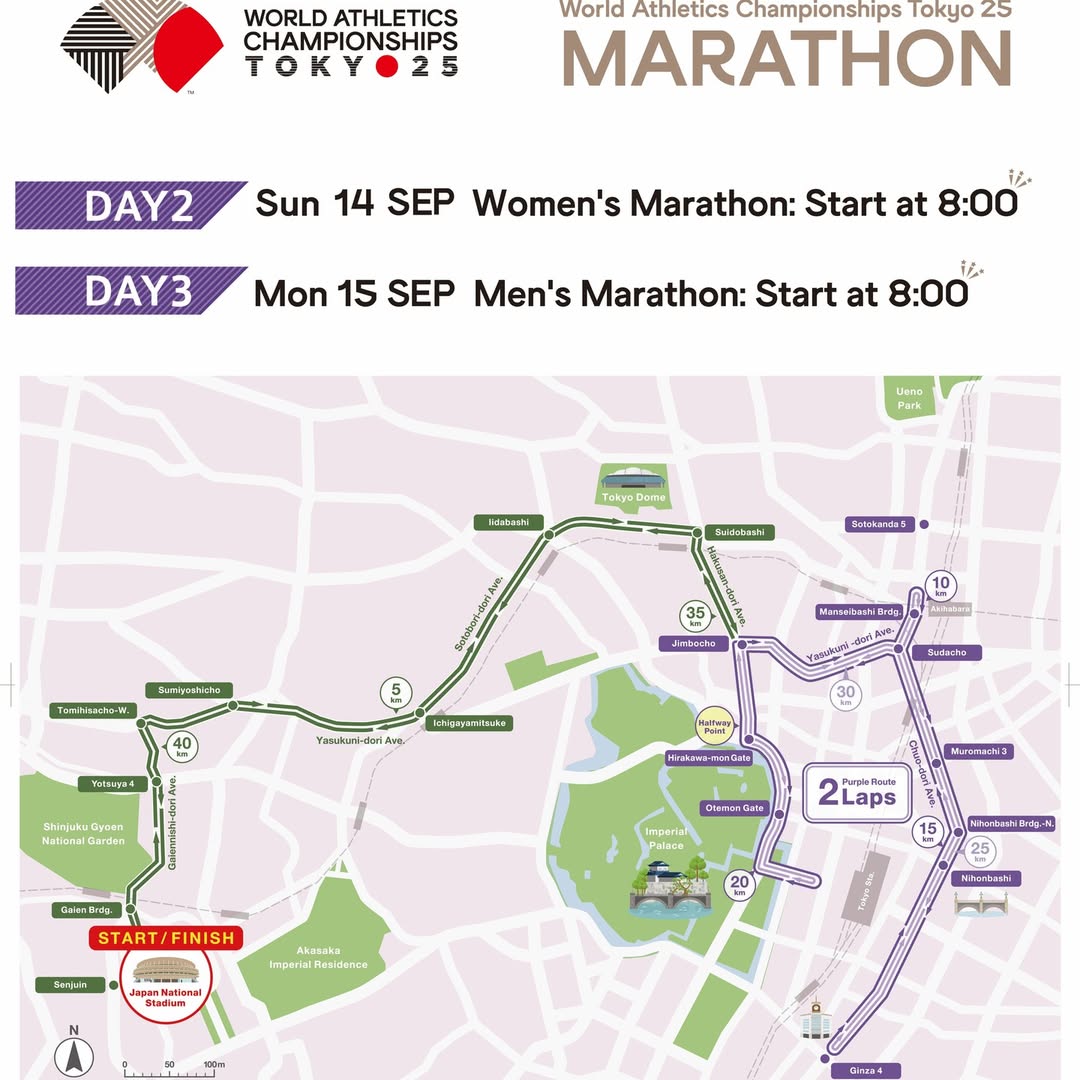 |
The marathon course for the 2025 World Athletics Championships in Tokyo, Japan. Source not provided |
The marathon course for the 2025 World Athletics Championships in Tokyo, Japan. Source not provided
From Jimbocho, the athletes will enter a 13 km loop, which they must complete twice. This loop takes them over the Manseibashi Bridge, with the 10 km mark near Akihabara Station, a hub for electronics and otaku culture. They then head south along Chuo-dori Avenue to Ginza, Tokyo's premier shopping district, before turning back north.
The loop also takes runners past the Imperial Palace, through the Otemon and Hirakawa-mon gates, near the East Garden. Each loop features two passes by this area, which also marks the halfway point before the second loop begins.
After two loops, the runners return to Jimbocho and head back to the National Stadium. The final 5 km present a major challenge: a steep incline from kilometers 38-40, a section of the course that was previously downhill, becomes a grueling uphill test before the finish line.
While the course is generally flat, never exceeding an elevation of 34 m, the incline from kilometers 38-40 is considered decisive. After over two hours of running, with depleted energy, this uphill section could disrupt the strategies of many strong contenders.
The weather may pose the biggest challenge. According to meteorologists, Tokyo in mid-September has average daytime temperatures between 23-30 degrees Celsius, but can sometimes reach 33 degrees with 70-75% humidity.
This humidity makes it difficult for sweat to evaporate, increasing the risk of overheating. Hydration and pacing strategies will be crucial. Some sports scientists emphasize the importance of athletes acclimatizing to hot and humid conditions before the event to avoid heat shock.
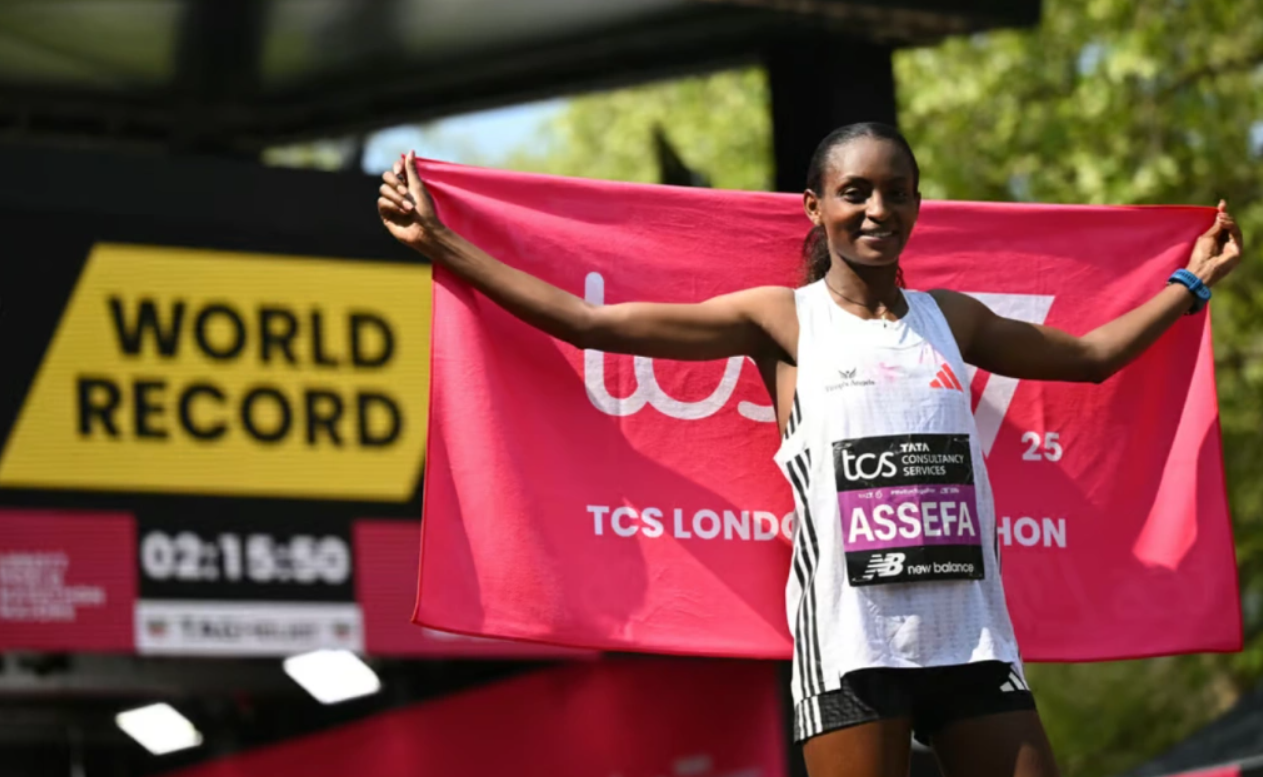 |
Tigst Assefa celebrates her record-breaking run in the women-only race at the 2025 London Marathon on 27/4. Photo: AFP |
Tigst Assefa celebrates her record-breaking run in the women-only race at the 2025 London Marathon on 27/4. Photo: AFP
In the women's marathon on the 14th, Tigist Assefa (Ethiopia) is a strong contender. She recently shattered the record in the women-only race at the 2025 London Marathon with a time of 2 hours 15 minutes and 50 seconds. Other notable names include Peres Jepchirchir, the Kenyan gold medalist at the 2020 Tokyo Olympics, and Hawi Feysa, who recently finished third at the 2025 Tokyo Marathon.
In the men's event, Benson Kipruto is a top contender. Kipruto made headlines by breaking Eliud Kipchoge's record at the 2024 Tokyo Marathon. Geoffrey Toroitich (Kenya) is a promising young athlete, having recently set a personal best of 2 hours 5 minutes and 46 seconds at the 2025 Tokyo Marathon.
Compiled by Hong Duy





